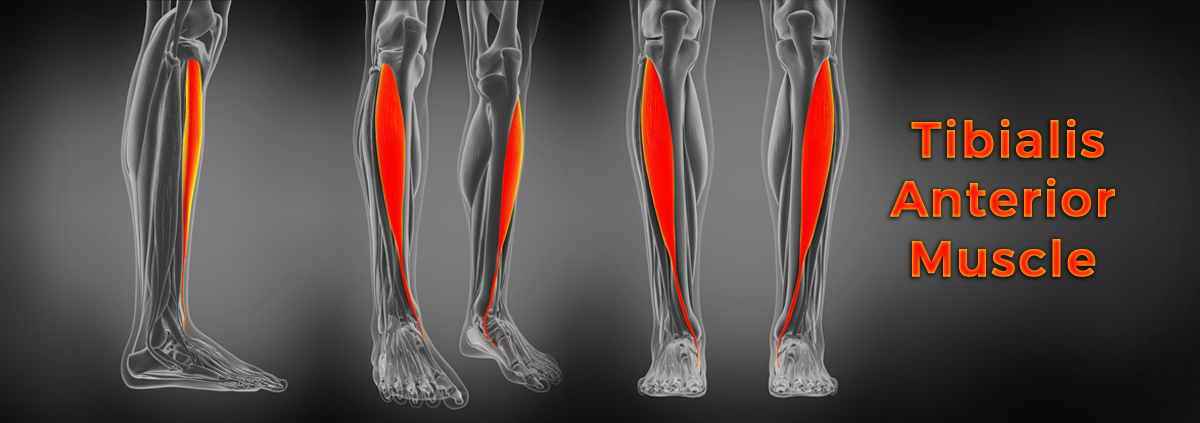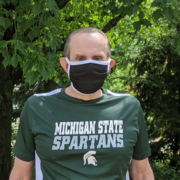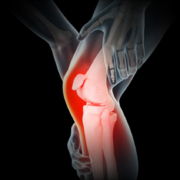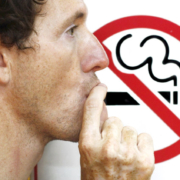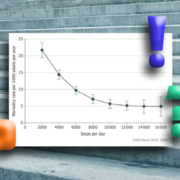Soreness and Specificity of Training
The first Super Bowl Webinar I ever did was about specificity of training. A running buddy years ago summarized how to run faster this way: “If you want to run faster, you gotta run faster.” In other words, even short bursts of running very fast would eventually help build speed more than slow, long runs.
The key element of specificity of training is that you can’t run faster by swimming or cycling or weight training; you have to do that by running. The same concept applies to just about any physical endeavor. Chefs can’t improve their knife skills by running or weight training: they have to spend hours chopping and slicing.
If you use an elliptical trainer or recumbent bike or you ride a bicycle, you’re training specific muscles to fire in specific patterns. When you change to another mode of exercise such as walking or running, you’re going to use the same muscles but in different ways; some muscles maintain balance and others maintain posture in addition to those that are doing the bulk of the work moving your body. And they’re different in different modes of exercise; even with all my education and experience, I was surprised at how sore I was when I had to switch from running to walking. Until you’ve trained those muscles for the particular activity, you’re going to be sore. And the sad news is that it gets worse as you get older.
Dealing with Discomfort
The important thing to understand is that this discomfort is temporary; the exception is if you had an orthopedic issue that never has been resolved. For me it was my knee, and now that’s resolved. If you’ve avoided getting something repaired, it’s your call but the longer you wait, the more you risk not getting back the mobility you had.
If you’ve changed your mode of exercise, here are some ways to deal with it:
- Start with heat followed by easy stretching. We think that our muscles and connective tissue are like rubber bands while stretching. Not exactly accurate, but warm muscles are more pliable so doing some kind of warm up will help you avoid injury. Easy does it; stretching too far too fast is a recipe for even more pain.
- Increase fluid intake to “flush” out some of the breakdown products of muscle and other connective tissue.
- Use glucosamine and vitamin C to help the connective tissue repair process. The purpose of breakdown is to build back better, but to do that, you need the nutrients that repair the microtears in the connective tissue.
- Ice specific areas, especially the front of the shins; shin splints is the common name for pain in this area. The connective tissue compartment that holds the tibialis anterior muscle (the one that pulls up your toes) isn’t very pliable, so reducing inflammation in that muscle can really help.
- Most of the soreness you’re feeling is from inflammation. If you feel you need to, and have no medical reason you can’t, use a non-steroidal anti-inflammatory drug such as ibuprofen; it relieves pain, but reducing inflammation is key to your recovery and continued progress.
The Bottom Line
It can literally be a pain to start to exercise or change your mode of exercise. There’s a price to pay but in comparison to the benefits you’ll get, the cost is minimal. Be sure to start slow: if you push too far too fast, you’re going to set back your progress while you recover. In the long run, you’ll get farther by taking small steps so you can keep going without a pause for injuries.
We’re not done talking about walking yet, but if you have any stories about finding the right shoe for you, let me know. I’m doing background research on that, so I won’t write about it next week—you have time to send me your stories.
What are you prepared to do today?

